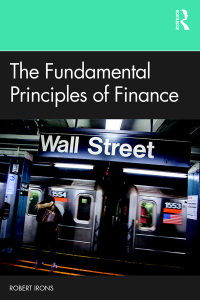

! Required information [The following information applies to the questions displayed below.] Warnerwoods Company uses a periodic inventory system. It entered into the following purchases and sales transactions for March Units Sold at Retail Units Acquired at Cost 135 units@ $70 per unit 435 units@ $75 per unit 455 units@ $105 per unit Date Activities Mar. 1 Beginning inventory Mar. 5 Purchase Mar. 9 Sales Mar. 18 Purchase Mar. 25 Purchase Mar. 29 29 Sales Totals 190 units@ $80 per unit 270 units@ $82 per unit 230 units@ $115 per unit 685 units 1,030 units For specific identification, the March 9 sale consisted of 80 units from beginning inventory and 375 units from the March 5 purchase; the March 29 sale consisted of 75 units from the March 18 purchase and 155 units from the March 25 purchase. 3. Compute the cost assigned to ending inventory using (a) FIFO, (b) LIFO, (c) weighted average, and (d) specific identification. (Round your "average cost per unit" to 2 decimal places.) a) Periodic FIFO Ending Inventory Cost of Goods Available for Sale Cost of Goods Sold Cost of Cost of # of units Goods # of units Goods unit Available sold unit for Sale Sold 0 $ 0.00 $ Cost per Cost per Cost per # of units in # ending inventory unit Ending Inventory 0 $ 0.00 $ 0 0 0 Beginning inventory Purchases March 5 March 18 March 25 Total $ $ 0.00 0.00 $ $ 0.00 0.00 0 0 0 0 0 0 $ 0.00 0 0 0 0 0 IVIHICT / UI U UUT Required information b) Periodic LIFO Cost of Goods Sold Ending Inventory Cost of Goods Available for Sale Cost of Goods # of units unit Available for Sale Cost per # of units Cost per sold unit Cost of Goods Sold # of units in ending inventory Cost per unit Ending Inventory $ 0 Beginning inventory Purchases: March 5 March 18 March 25 Total 0 0 0 0 c) Average Cost Cost of Goods Sold Ending Inventory Cost of Goods Available for Sale Cost of Average # of units Cost per Goods Available unit for Sale of units sold Average Cost per Unit Cost of Goods Sold # of units in ending inventory Average Cost per unit Ending Inventory Beginning inventory Purchases: March 5 March 18 March 25 Total $ $ 0 d) Specific Identification Cost of Goods Available for Sale Cost of Goods Sold Ending Inventory Cost per Cost per # of units unit Cost of Goods Available for Sale # of units sold Cost of Goods Sold # of units in ending inventory Cost per unit Ending Inventory unit $ 0 $ 0 0 0 Beginning inventory Purchases: March 5 March 18 March 25 Total 0 0 0 0 0








